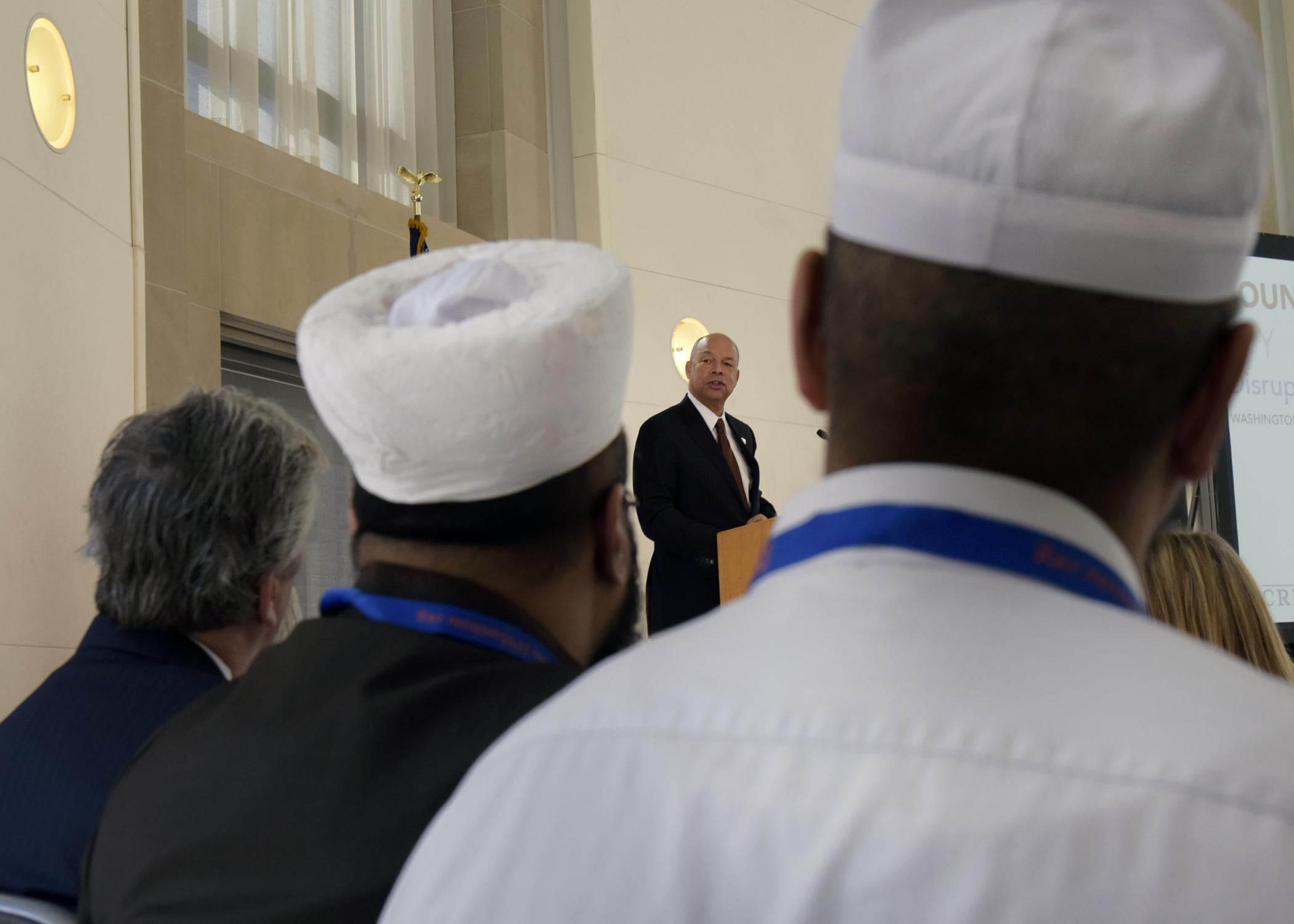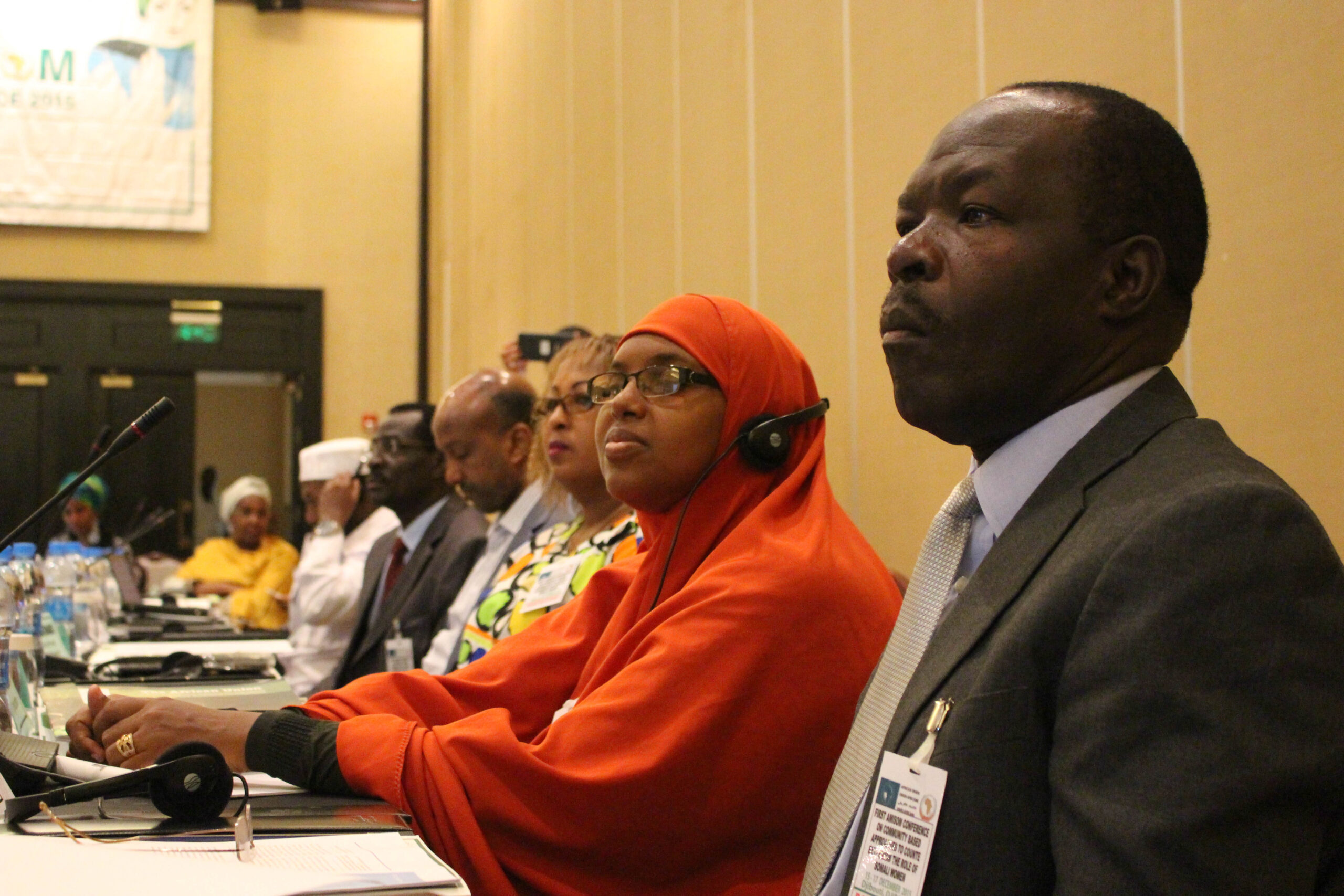- America’s Forgotten Terror Attacks - April 10, 2025
- The Hidden Link Between Real Estate and Organized Crime in the U.S. - April 10, 2025
- Organized Crime in the U.S. Postal System: An Unlikely Criminal Pipeline - April 10, 2025
Understanding Religious Extremism

Religious extremism is a phenomenon that transcends borders and beliefs, manifesting in various forms across the globe. It refers to the radical actions and ideologies adopted by individuals or groups who interpret their faith in a way that justifies violence against others. This is not confined to any single religion; it affects Islam, Christianity, Judaism, and others. According to the Global Terrorism Index 2022, religiously motivated terrorism accounted for 43% of all terrorist attacks worldwide. Such statistics underscore the urgency of understanding the underlying causes of religious extremism, which often stem from a complex interplay of socio-economic, political, and cultural factors.
Historical Context of Religious Violence
Religion has been both a unifying force and a source of conflict throughout history. From the Crusades to the Inquisition, faith has often been wielded as a weapon, justifying wars and persecution. In the modern era, this trend has continued with groups like ISIS and Boko Haram using religious rhetoric to legitimize their violent actions. A report by the Pew Research Center indicates that religiously motivated violence has increased by 30% in the last decade. These historical patterns reveal a persistent cycle of violence that necessitates a deeper examination to prevent future conflicts.
The Role of Ideology in Extremism

At the core of religious extremism lies an ideology that distorts faith to promote violence. This ideology often includes a belief in a divine mandate to attack non-believers or those with differing interpretations of the faith. Extremist ideologies are frequently fueled by socio-economic factors such as poverty and lack of education. Research from the Institute for Economics and Peace shows that these conditions can lead individuals to radicalize, as they seek meaning and purpose in their lives. Understanding these ideological underpinnings is crucial for developing effective strategies to counter extremism.
Case Studies of Religious Extremism

Examining specific case studies provides valuable insights into the impact of religious extremism on global violence. The rise of ISIS in Iraq and Syria is a prominent example, where the group employed brutal tactics to establish a caliphate. Similarly, the actions of the Westboro Baptist Church in the United States highlight how extremist beliefs can manifest in hate speech and violence. Each case reveals different motivations and consequences, illustrating the diverse ways in which religious extremism can manifest and the challenges in addressing it.
The Impact of Social Media

In today’s digital age, social media plays a significant role in the spread of extremist ideologies. Platforms like Facebook, Twitter, and Telegram have become breeding grounds for radicalization, allowing extremist groups to recruit and spread their messages globally. A report by the Counter Extremism Project found that over 90% of extremist groups utilize social media to disseminate propaganda. This makes social media a critical area for intervention, as it can amplify extremist narratives and reach vulnerable individuals who may be susceptible to radicalization.
The Intersection of Politics and Religion

The intertwining of politics and religion often exacerbates tensions and violence. In many regions, political leaders exploit religious sentiments to gain support or suppress dissent. For example, in Myanmar, the Rohingya crisis has been fueled by Buddhist nationalism, leading to widespread violence against the Muslim minority. Understanding this intersection is crucial for addressing the root causes of religious extremism, as political manipulation of religious beliefs can deepen divisions and incite conflict.
Countering Extremism: Strategies and Challenges

Efforts to counter religious extremism require a multifaceted approach that addresses the complex factors driving radicalization. Governments and organizations are implementing strategies that include community engagement, education, and counter-narratives to extremist ideologies. However, challenges remain, such as the stigmatization of entire communities and the difficulty in changing deeply held beliefs. The United Nations has emphasized the importance of inclusive dialogue to combat extremism effectively, recognizing that collaboration and understanding are key to preventing violence.
The Role of Education in Prevention

Education is a powerful tool in preventing radicalization and promoting tolerance. Programs that encourage critical thinking, tolerance, and interfaith dialogue can help mitigate the appeal of extremist ideologies. A study by the RAND Corporation found that educational interventions can reduce the likelihood of individuals engaging in violent extremism by up to 50%. Investing in education is essential for long-term solutions to religious violence, as it empowers individuals to question extremist narratives and embrace coexistence.
The Global Response to Religious Extremism

The international community has recognized the threat posed by religious extremism and has taken steps to address it. Initiatives like the Global Counterterrorism Forum aim to foster cooperation among nations to combat terrorism. However, the effectiveness of these efforts varies, and there is a need for more comprehensive strategies that address the socio-economic conditions that contribute to extremism. Collaborative efforts that prioritize human rights and development are crucial for creating a more peaceful world.
Conclusion: A Call for Action
Addressing the issue of religious extremism and global violence requires a concerted effort from governments, communities, and individuals. By understanding the complexities of religious beliefs, historical contexts, and socio-economic factors, we can work towards a more peaceful world. It is imperative to challenge extremist ideologies and promote messages of tolerance and coexistence to prevent faith from turning fatal.



